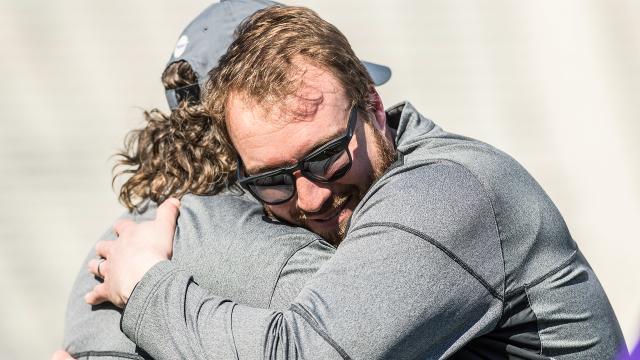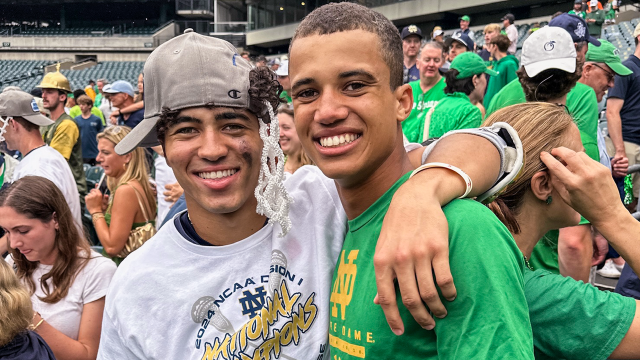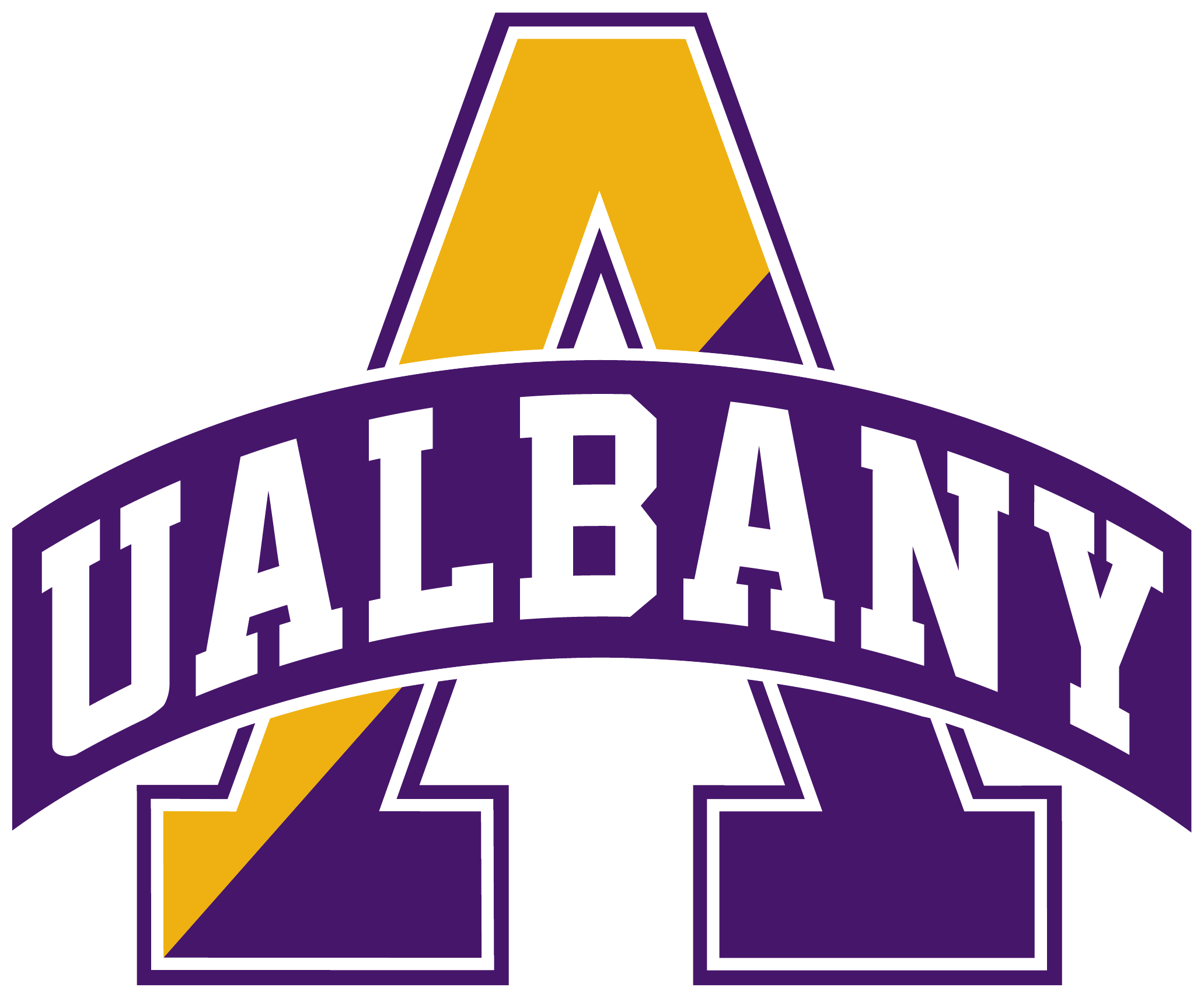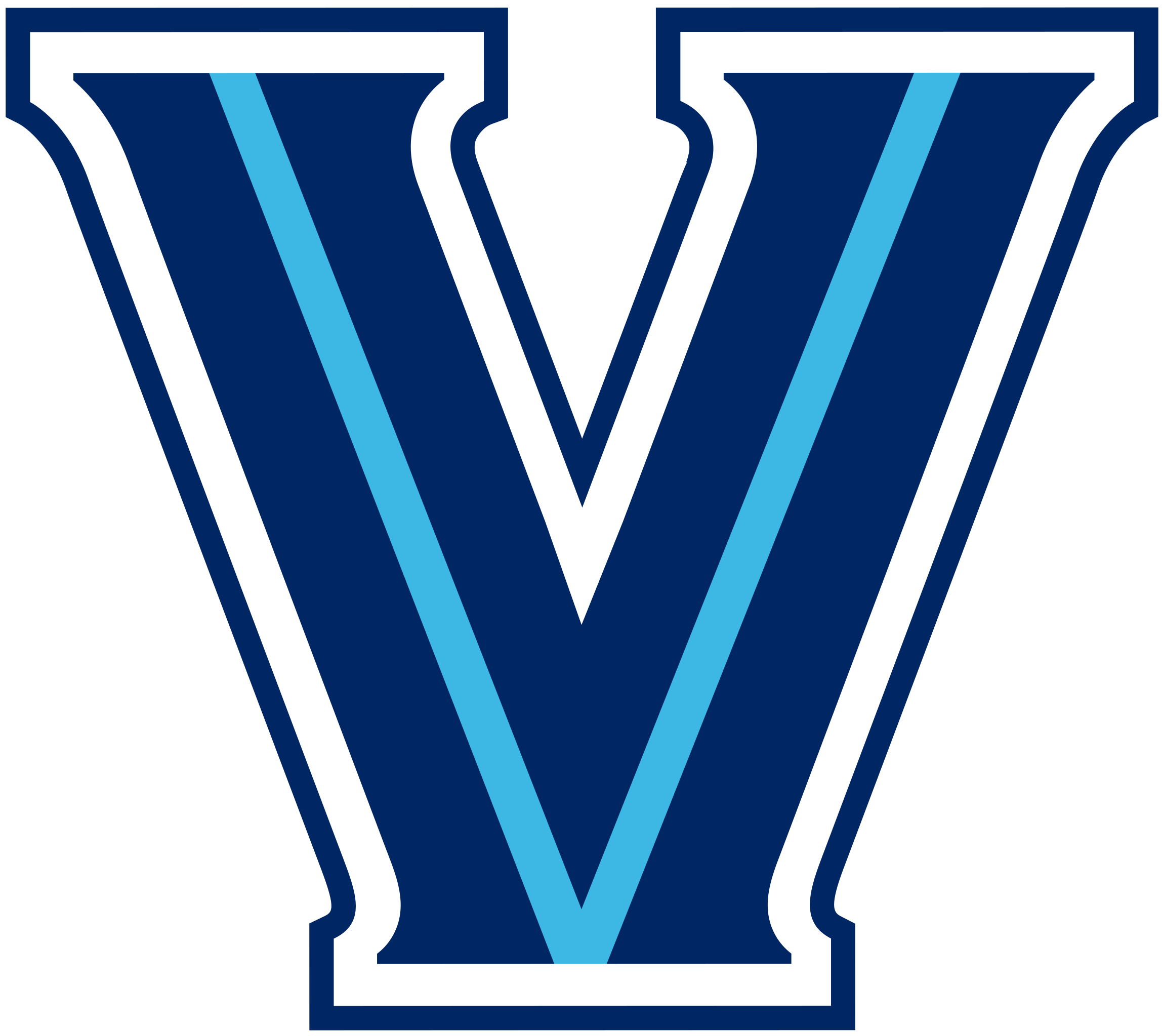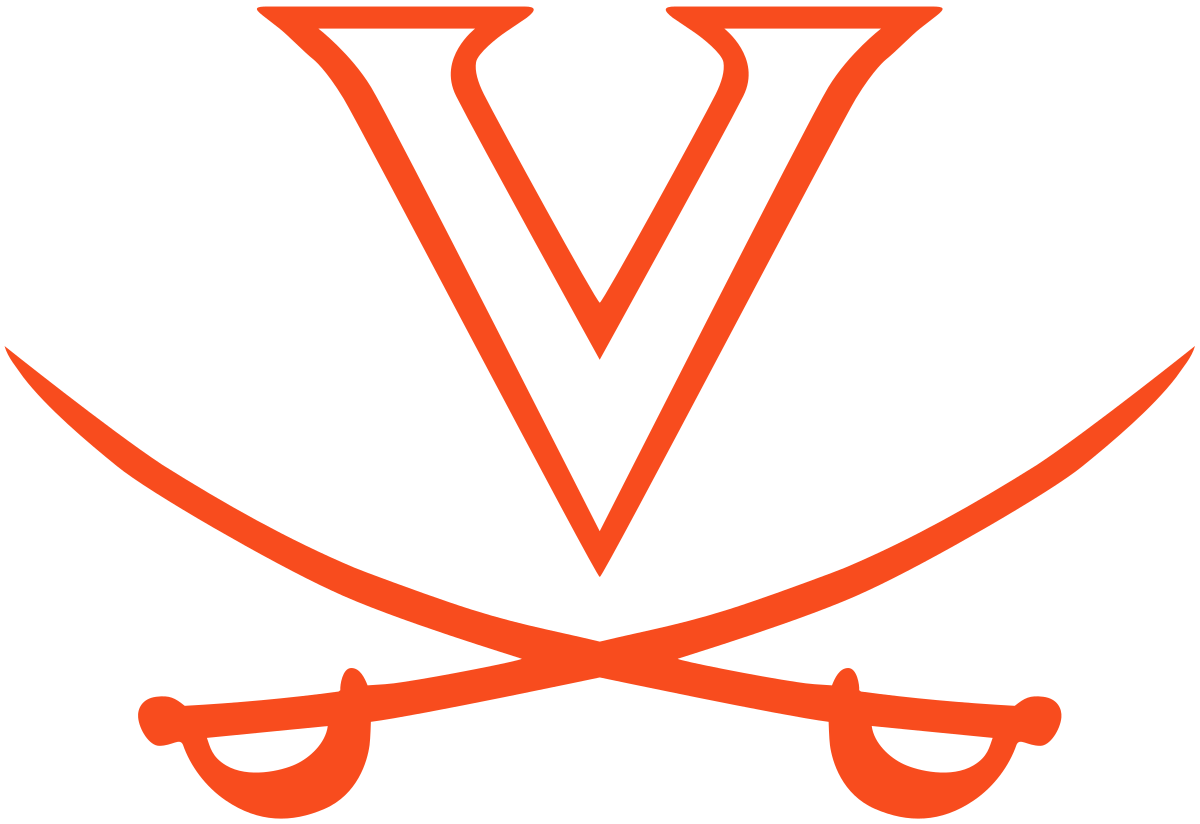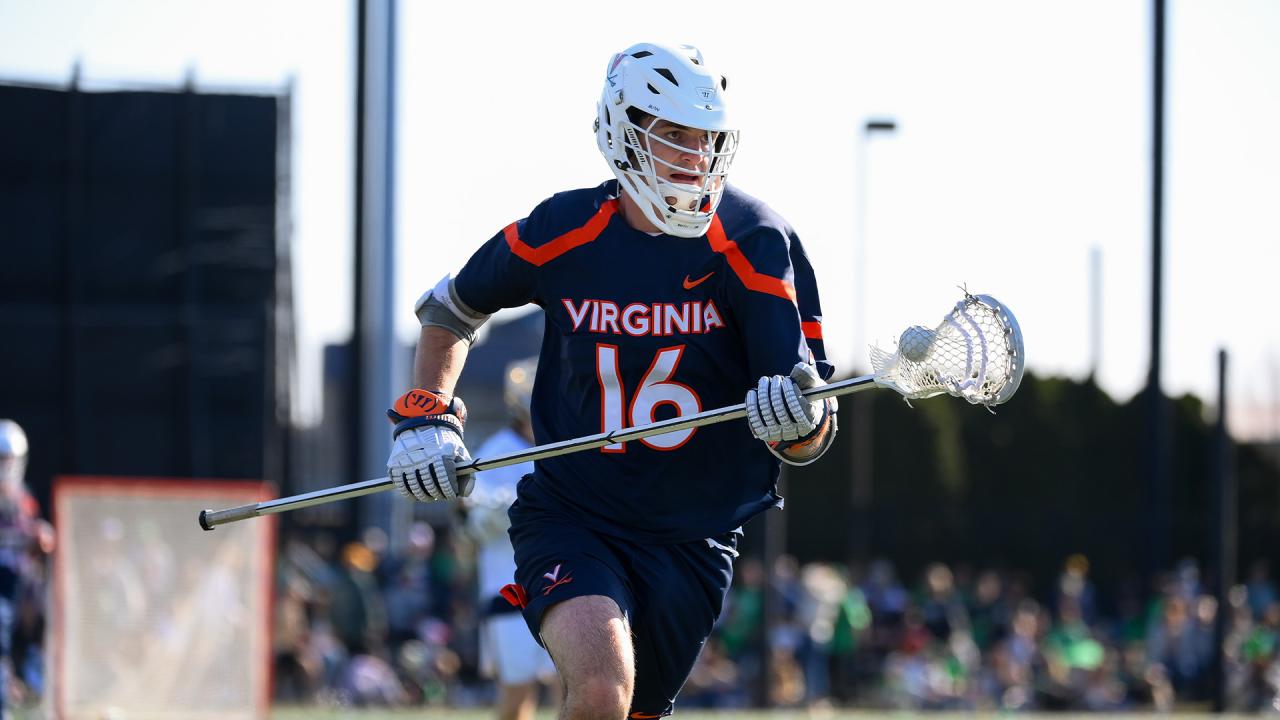

© 2025 USA Lacrosse. All Rights Reserved.

Before USA Lacrosse Magazine looks ahead to what’s to come in 2026, our team of staff and contributors decided it was worth taking one last look at 2025.
After all, you have to look at the most recent results before making projections for what’s to come. To do that, we’re taking a journey through the top 30 teams in men’s and women’s lacrosse — what went right, what went wrong and what we should all think of that team’s season.
Was it a success? A failure? A mixture of both? You’ll find out our thoughts over the next week.
USA Lacrosse preseason/postseason ranking: Also considered/Also considered
2025 record: 10-9 (4-2 America East)
What went right: The Great Danes swept the America East offensive and defensive player of the year awards, with Silas Richmond (43G, 46A) drawing the nod on offense and Max Neeson (47GB, 27CT) doing so on defense. UAlbany figured things out in the second half of the season, winning eight of its 10 with the only losses coming at Cornell. The Great Danes earned their second consecutive conference tournament title and also tacked on an opening-round victory in the NCAA tournament for the second year in a row.
What went wrong: Coach Scott Marr admitted on the eve of the NCAA tournament that his team didn’t handle the success of the previous year well, and a sense that things might be close to automatic contributed to a forgettable 2-7 start. The Great Danes were below 50 percent on faceoffs and save percentage for the season, putting an additional onus on their offense. They didn’t have an answer for Cornell in either meeting, but that was hardly an indictment given what the Big Red accomplished this spring.
Season highlight: A seven-game winning streak in April and May included the team’s America East tournament defeats of UMBC and Bryant, as well as an 11-9 triumph over Siena before the largest crowd ever to watch an NCAA tournament play-in game.
Verdict: The Great Danes got there — eventually. This was a team that hoped to improve on its 2024 showing and instead had a similarly slow start before winding up with an NCAA tournament berth and a 10-win season. Maybe not the smoothest of rides, but at its best, UAlbany tacked on another America East tournament title and locked down its 12th postseason trip since 2003.
USA Lacrosse preseason/postseason ranking: Unranked/Also considered
2025 record: 8-5 (2-4 Ivy League)
What went right: Mason Morel (.585SV%) turned in a strong senior year in the cage. Colorado College transfer Thomas Power (26G, 28A) made an instant impact, particularly in non-conference play. Senior Colin McGill scored a team-high 34 goals and shot 46.6 percent. The Big Green got off to a 7-1 start, its best since 2003, and won multiple Ivy League games for the first time since 2010. Dartmouth had competitive showings against both Cornell and Princeton, staying within a goal of both in the fourth quarter.
What went wrong: The Big Green dropped four of its last five, including lopsided losses to Harvard (18-7) and Yale (21-12). A victory in the latter game would have gotten Dartmouth into the Ivy League tournament for the first time since the event was established in 2010.
Season highlight: Alex Jessey’s overtime goal was the difference in a 9-8 victory at Penn on March 22 in the Big Green’s Ivy opener. It was Dartmouth’s first road defeat of the Quakers since 2005.
Verdict: This season doesn’t mean the Big Green have arrived under second-year coach Sean Kirwan, but it did provide a little proof of concept that the former Brown and Virginia assistant has things going in the right direction. Dartmouth won eight games for the first time since 2006 and was far from an automatic out. That’s a significant jump from Kirwan’s 3-10 debut and makes the Big Green a team to keep an eye on moving forward.
USA Lacrosse preseason/postseason ranking: Unranked/Also considered
2025 record: 12-3 (6-2 CAA)
What went right: The Stags matched the school record for victories in a season, one originally set in 2012 and matched in 2014. Their nine-game winning streak to begin the year doubled as the best start in program history and the longest winning streak at any point of a season. Defenseman Julian Radossich turned in a stellar sophomore season, forcing 42 turnovers. Keegan Lynch (23G, 26A) headlined an offense that had all six starters post at least 30 points.
What went wrong: Fairfield did not play well in its two games at Towson. The Stags committed a season-high 23 turnovers and were confounded by a zone in the second half of a 14-9 loss to the Tigers on April 19. A dozen days later, Fairfield never established an offensive rhythm in a 14-6 loss to Drexel on a neutral field that ended the Stags’ season in the CAA semifinals.
Season highlight: It wasn’t so much a single game as it was the burst to open the season. After all, Fairfield was the last Division I team to take a loss in 2025.
Verdict: The last game was not only a dispiriting way to drop the curtain on the season, it also denied Fairfield a second shot at a Towson bunch it didn’t play its best against the first time around. Nonetheless, the Stags’ jump from 8-7 to a team that spent the second half of the season entrenched in most Top 20 rankings made them one of the more pleasant stories of the season.
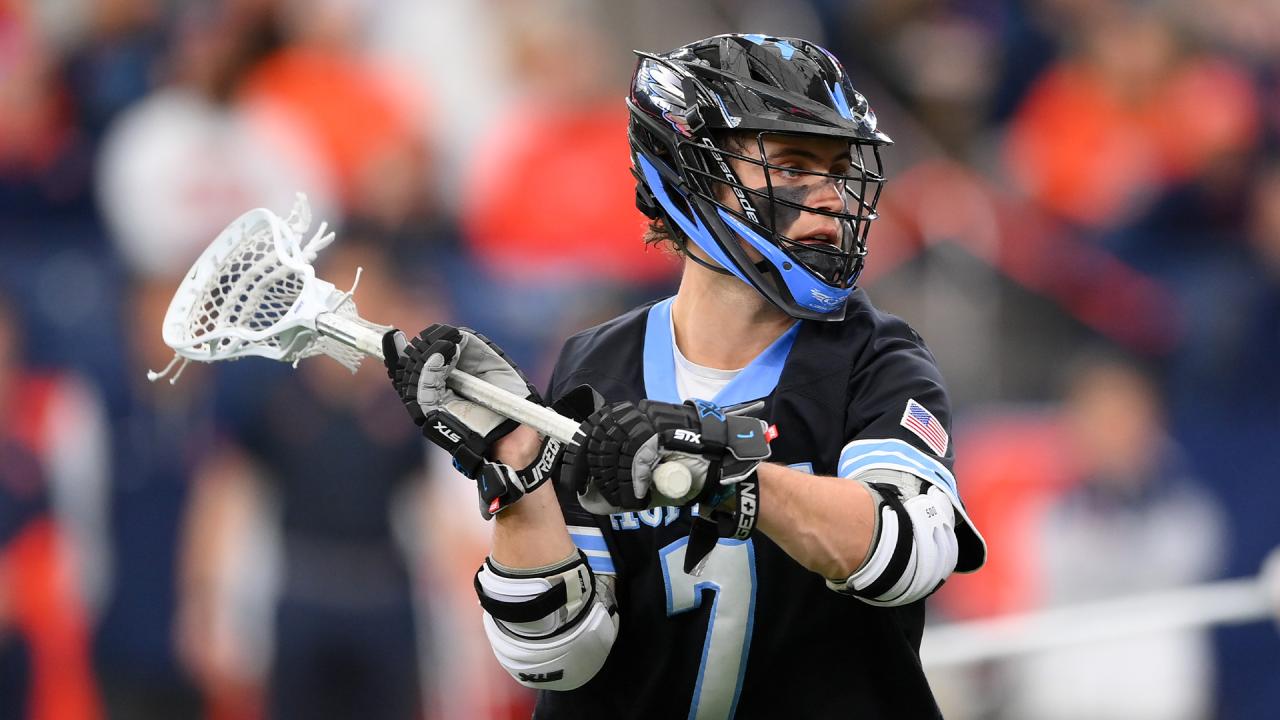
USA Lacrosse preseason/postseason ranking: Also considered/Also considered
2025 record: 8-7 (4-1 Big East)
What went right: The Wildcats collected their usual statement victory in February, picking off Yale on the Ivy League’s opening day. That ultimately didn’t hold up as well as a victory over the Bulldogs usually does, but Villanova did stitch things together for a five-game winning streak covering late March and the first three weekends in April. That meant a share of the Big East regular-season title, fueled in part by 40-point seasons by Matt Licata (28G, 12A) and Colin Michener (26G, 14A).
What went wrong: There wasn’t much margin for error all season on offense, as the Wildcats shot just 23.8 percent while getting a youngish lineup to grow up on the fly. But the real problem for Villanova is a longstanding one: It just couldn’t figure out Georgetown, dropping a 17-9 decision to close the regular season and drop into a tie for the Big East lead and then getting thumped 16-8 a little more than a week later in the conference final. The Wildcats have dropped 13 in a row to the Hoyas since 2018.
Season highlight: There are two solid choices here. The Wildcats opened Big East play with a 10-9 victory at Denver, as Michener scored the overtime winner. Then there was a three-goals-in-41-seconds flurry on April 19 at the end of a madcap fourth quarter to turn back Marquette 14-13 and secure the program’s first piece of a conference regular-season title since 2013.
Verdict: Villanova is one of the sport’s most reliable programs. Whether it has a veteran team, a youthful roster or something in between, it tends to fall somewhere in the 15th-to-25th range year in and year out and annually reaches the Big East tournament. The late-season troubles with surging Georgetown aside, the Wildcats improved as the year went on and finished at .500 or better for the 10th consecutive season.
USA Lacrosse preseason/postseason ranking: No. 5/No. 20
2025 record: 6-8 (0-4 ACC)
What went right: Sophomore John Schroter emerged as strong No. 1 option on close defense. Senior long pole Ben Wayer was disruptive in the middle of the field and scored six goals while collecting 70 ground balls. Junior attackman Truitt Sunderland shrugged off an injury that cost him the final seven games of 2024 to pile up a team-high 51 points (32G, 19A).
What went wrong: The Cavaliers dealt with their share of injuries, whether it was midstream (faceoff man Anthony Ghobriel) or for the full season (freshmen Sean Browne, Kyle Colsey and Ryan Duenkel). Virginia was inconsistent in the cage, and it got quiet years from transfers it was counting on. Mostly, though, the offense wasn’t efficient. The Cavaliers’ .267 shooting percentage was their worst since shooting 26.5 percent in 2016.
Season highlight: Probably the 11-6 defeat of Towson in Houston on March 8 as Texas native Matthew Nunes made 15 saves.
Verdict: Quite simply, it was a dud of a spring in Charlottesville. Virginia went 0-7 against ACC and Big Ten opponents, missed the ACC tournament (though it nearly earned its way in on the last day of the regular season before falling 10-9 in overtime to Duke in one of the Cavaliers’ better performances) and saw its season end in April. The injuries didn’t help, and there were admittedly some big pieces to replace after 2024. Still, Virginia’s offensive operation must become much smoother if this program is to bounce back next season. It’s not out of the question, but coach Lars Tiffany — a confessed chronic tinkerer — and his staff have plenty to tweak in this offseason.
USA Lacrosse preseason/postseason ranking: No. 9/No. 19
2025 record: 6-8 (0-5 Big Ten)
What went right: Logan Callahan (.608) was a faceoff ace. Scott Smith was a predictably valuable defenseman as a fifth-year senior. Short stick Reece DiCicco made the Big Ten’s all-freshman team. The Blue Jays’ defense was truly torched only once, when Ohio State shot 46.7 percent in a 14-10 victory on April 5. Hopkins went 6-2 in non-conference play, positioning itself well for the postseason so long as it was a factor in the Big Ten race.
What went wrong: Hopkins was not a factor in the Big Ten race, scoring a total of 50 goals in six games against conference opponents. The Blue Jays went six consecutive weeks without shooting 30 percent or better before squeaking past that against Maryland (30.8 percent) and then producing a spirited offensive effort at Penn State (33.3 percent) in a 13-12 Big Ten tournament loss. Attackman Russell Melendez missed half the season due to injury, an absence that clearly slowed down the Hopkins offense.
Season highlight: It was tough to quibble with where the Blue Jays were after Hunter Chauvette’s five-goal game lifted them past Virginia 13-12 to avenge a loss in the 2024 NCAA quarterfinals. At that point, they were 5-1 with a one-goal loss to North Carolina, hardly a cause for alarm at Homewood.
Verdict: After consecutive NCAA quarterfinal appearances, Hopkins simply couldn’t generate enough offense once rough-and-tumble Big Ten play began. Some of that was the nature of the conference, some of it was the absence of Melendez and some of it was flat-out ineffectiveness. In any case, the Blue Jays didn’t win after March 15, and their six-game skid was their longest ever to end a season. Ouch.
Patrick Stevens has covered college sports for 25 years. His work also appears in The Washington Post, Blue Ribbon College Basketball Yearbook and other outlets. He's provided coverage of Division I men's lacrosse to USA Lacrosse Magazine since 2010.


